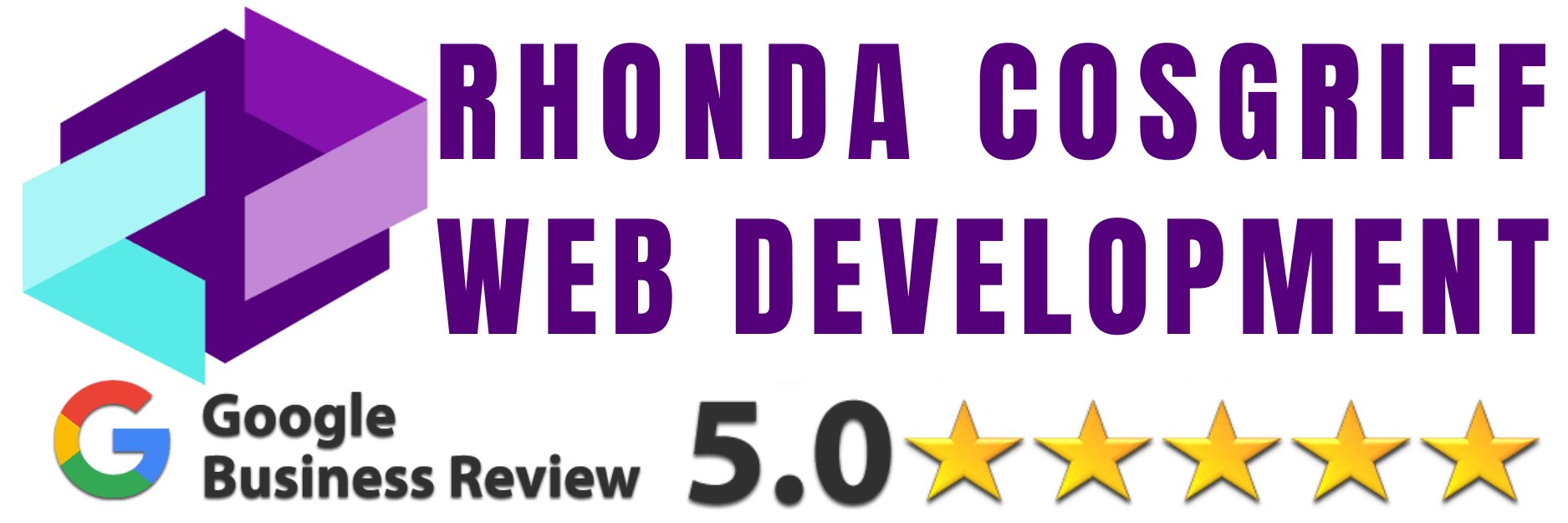 SEO Strategies for Website Design
SEO Strategies for Website Design
?? ? ? ? ? ? ?
In the digital age, having a website is crucial for businesses to succeed. However, having a website alone is not enough. It is important to ensure that your website is designed with search engine optimization (SEO) in mind. This article will discuss the various SEO strategies that you can use to design your website.
Introduction to SEO Strategies for Website Design
Search engine optimization is the process of improving the visibility of a website or a web page in search engine results pages (SERPs) through various techniques. SEO can be achieved through both on-page and off-page optimization. In this article, we will focus on on-page optimization techniques that can be incorporated into website design.
User Experience
One of the most important factors to consider when designing a website is user experience (UX). Google and other search engines consider UX as an important factor when ranking websites. UX includes the overall design, navigation, page speed, and mobile responsiveness of a website.
Navigation
Navigation is an important aspect of UX. A website should have clear and easy-to-use navigation that helps users find what they are looking for. This can be achieved through a simple and intuitive menu structure that is visible on every page of the website.
Page Speed
Page speed is another important factor to consider when designing a website. Websites that load quickly tend to rank higher in search engine results pages. A website should be designed with page speed in mind, with optimized images, caching, and minimizing HTTP requests.
Mobile Responsiveness
With more and more people accessing the internet through their mobile devices, it is important for websites to be mobile-responsive. A mobile-responsive website adjusts its layout to fit the screen size of the device being used to view it. This improves the user experience and can also help with SEO rankings.
Keyword Research and Optimization
Keyword research is the process of finding the keywords and phrases that people use to search for information related to your website. Keyword optimization is the process of using those keywords and phrases in your website content and meta tags.
Keyword Research
Keyword research can be done using various tools, such as Google Keyword Planner, SEMrush, and Ahrefs. These tools help to identify keywords that have high search volume and low competition.
Keyword Optimization
Once you have identified your target keywords, it is important to optimize your website content and meta tags with those keywords. This includes optimizing the title tag, meta description, and headers with the target keywords.
Content Creation
Content creation is an important aspect of SEO. High-quality content that is relevant and valuable to the user can help to improve search engine rankings.
Content Quality
The quality of your website content is important for SEO. Google and other search engines prioritize high-quality content that is valuable to the user. Content should be well-written, informative, and engaging.
Content Relevance
Relevance is another important factor to consider when creating website content. Your content should be relevant to your target audience and should provide value to them. This can be achieved by creating content that answers questions that your target audience may have.
Content Freshness
Freshness is also important for SEO. Search engines tend to prioritize content that is up-to-date and relevant. It is important to regularly update your website content to ensure that it remains fresh and relevant.
On-Page Optimization
On-page optimization refers to the various optimization techniques that can be applied to individual web pages on your website.
Title Tag
The title tag is an important on-page optimization factor. It is the text that appears in the search engine results page and should be optimized with your target keywords.
Meta Description
Meta tags are snippets of HTML code that provide information about a web page. Optimizing meta tags, including title tags, description tags, and header tags, can improve your website’s visibility in SERPs. It’s crucial to include relevant keywords in your meta tags while keeping them concise and informative.
Creating a Sitemap
A sitemap is a file that contains a list of all the pages on your website. Creating a sitemap and submitting it to search engines can help them crawl and index your website more efficiently. It’s crucial to keep your sitemap updated and ensure that it includes all the relevant pages on your website.
Using Internal Linking
Internal linking refers to linking to other pages on your website within your content. Internal linking can help improve website navigation and user experience, as well as distribute link equity throughout your website. It’s essential to use descriptive anchor text while linking to other pages on your website.
Conclusion
In conclusion, effective SEO strategies for website design are crucial for improving website visibility and attracting more organic traffic. Incorporating responsive design, creating SEO-friendly URLs, using relevant and high-quality images, creating quality content, improving website loading speed, optimizing meta tags, creating a sitemap and using internal and external links are the top SEO strategies for website design.
FAQs
- What is SEO?
- Why is website design important for SEO?
- How do I optimize website structure for SEO?
- What is keyword research and how do I do it?
- How do I improve website speed for SEO?
#SEO
#WebsiteDesign
#DigitalMarketing
#SearchEngineOptimization
#ContentMarketing
#OnlineMarketing










